Recently, scientists unearthed the oldest dyed fabric: a 6000-year-old patch of woven cotton from Peru. Indigo has been revered as a skin-soothing medicine, as tea, but most famously of all, a magical dye. Sit back and relax and let us marvel together at various reasons why indigo dye is the king of all dyes.
What makes natural dyes so special?
Beauty is inherent to human nature. Wherever the remains of our ancestors are found, ancient artworks are near, showing that they were true artists. The canvas for their artistry could be the wall of a cave, leather or even the human body. Color or paint has also been an essential part of art for many decades and our ancestors learned to make their own through the various natural resources they could find. From the beginning of time, man has been extracting natural dyes from different parts of plants and using them as coloring for hair, threads, and fabrics. There are over 400 different plants that have been identified as sources for natural dyes and these plants are still being used today in some parts of the world to make colors to color materials.
Natural dyes were used for decades for various coloring purposes. However, with industrialization and the emergence of synthetic (man-made) dyes, these natural fabric dyes have been all but replaced. However, there are very good reasons why plant dyes should be chosen over synthetic ones:
- They are not synthetic dyes: understanding how bad synthetic dyes are is the key to understanding why we should strive to avoid them. Read our blog post on synthetic dyes here.
- They are very eco-friendly: natural dyes are easily biodegradable and do not contain chemicals that are toxic to the environment.
- They can be transferred onto fabric without the need for a chemical mordant (glue): this further lessens the need for chemicals in production and eliminates the risk for water pollution.
- They contain little or no allergens: most plant dyes are rid of allergens and some of them like indigo or curcumin which is found in turmeric have antibacterial properties.
- They increase the lifespan of fabrics: natural dyes like indigo leaf dyes have been proven to keep fabrics in good-looking conditions for a long time; thus, increasing its overall value.
Why indigo is king?
Indigo belongs to a family of 140 leafy green plants with 4 of them often being used for dyeing. The dyeing process usually requires a complicated oxidation process which turns the green leaves into blue, or one could actually say it is the air that turns the dye blue.
For many, blue is a magical color that signifies peace and tranquility. However, while the sky is, not many things in our world are actually blue. The fate of some nations seems to be intertwined with this magic color. For example, Indigo was loved by the Japanese (in past centuries, blue was almost the exclusive color worn by 98% of the ‘common’ people).
Furthermore, besides its obvious beauty, indigo was always known to have additional beneficial effects on the skin.
- Indigo specifically is also said to have sedative and calming effects on the skin. If used as coloring for bed sheets, it could help you get better sleep
- some Indian tribes also used it to control bleeding in the past.
- The Cherokee tribe used it to make tea for purgative purposes and also to curb nausea while the Osage tribe used the dye to make eyewash solutions.
- It also has great anticancer and antioxidant properties.
- Fresh extracts of the plants have been said to be effective in the treatment of atopic dermatitis, coughs, and even chest pains.
- The Japanese believed that indigo keeps insects, snakes, and bad spirits away.
- Samurai warriors used to wear indigo shirts under their skin, which would allow wounds to heal faster and prevents infections.
Ever wondered why Levi Strauss dyed his work pants indigo?

Indigo has one more crucial property: it makes cotton fabrics last for ages. Indigo works by attaching its molecules to each string in a piece of fabric and wraps around it like skin (it is referred to as a coating dye), protecting and shielding it for a long time. This is very obvious in those old Persian rugs or carpets. Ever noticed that the indigo yarns are always the longest while the rest constantly look a tad worn out? That's because the indigo dye keeps the yarns sharp and in great condition for several years!
Cheated - Your jeans are not dyed with real indigo!
Knowing how much value indigo dye adds to fabrics in terms of long-wear, it is therefore ironic that jeans are no longer dyed in indigo today; except for a few Japanese jeans companies that still use authentic dye. Instead, the natural indigo has been replaced by a synthetic version called “anilin” which hardly offers the same value as the natural leaf dye and also comes with added harsh consequences to the skin and the environment. The synthesis of anilin poisons the waterways and also consumes a lot of water which is absurd for a planet constantly striving to preserve its natural resources. Other than the color, it brings none of the previously discussed benefits to the fabric.
Why we use real indigo
Archaeological findings not only show us that indigo fabrics are timeless, but also that it is incredibly durable. Mother nature is beautiful and has remained generous to mankind since the beginning of time. In some cases, it pays to stick to our roots and make use of some of the amazing resources she has granted us instead of striving to make our own.
Natural dyes are durable, they produce a very sharp tint and are not toxic to the environment. At Aizome Bedding, we strive to make our environment more habitable for us and future generations. Therefore, it is important that we take decisive and conscious measures to achieve this goal, one of which would be appreciating the gift of natural dyes and bringing them back into consistent, daily use.
Image: Avue Copyright, used by permission.


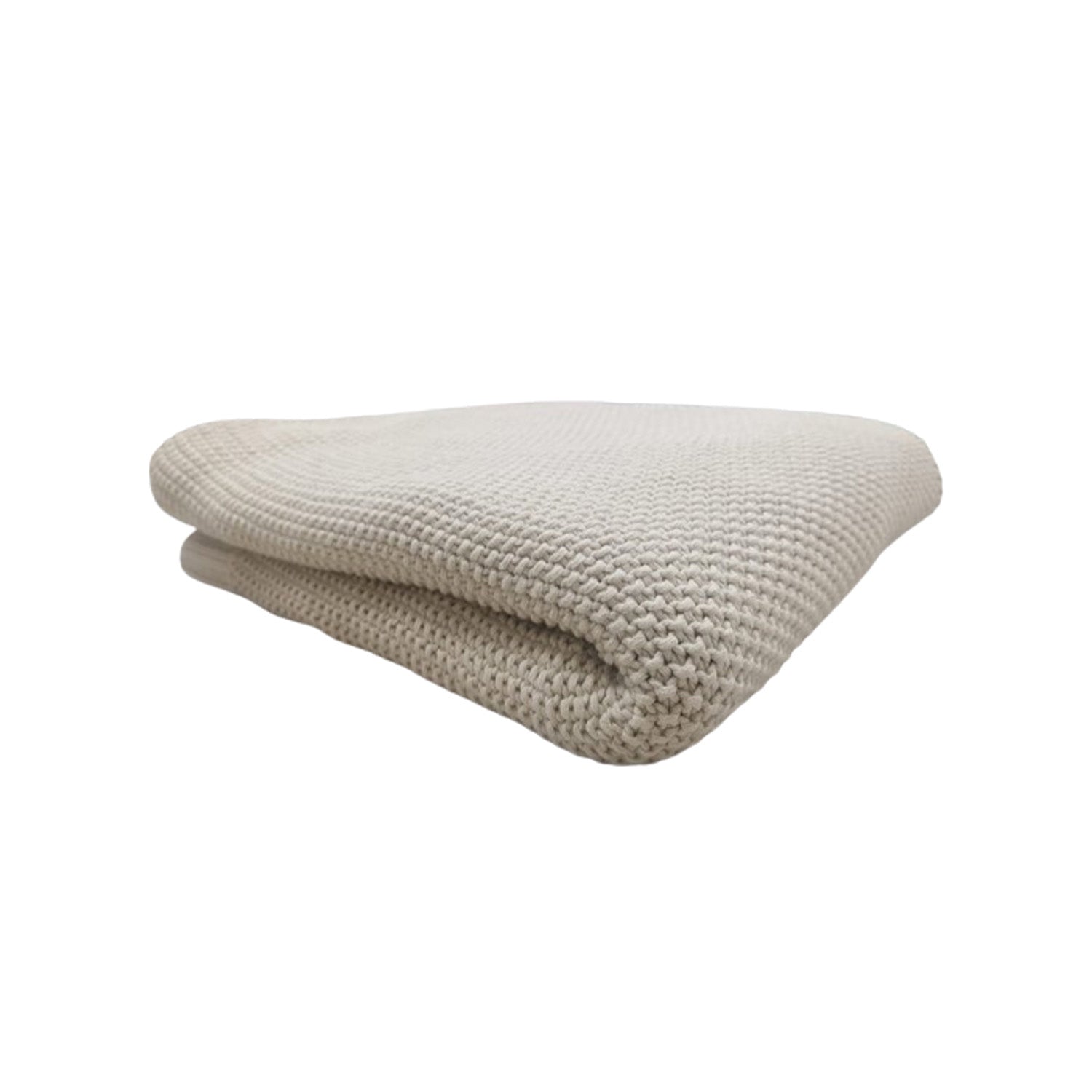

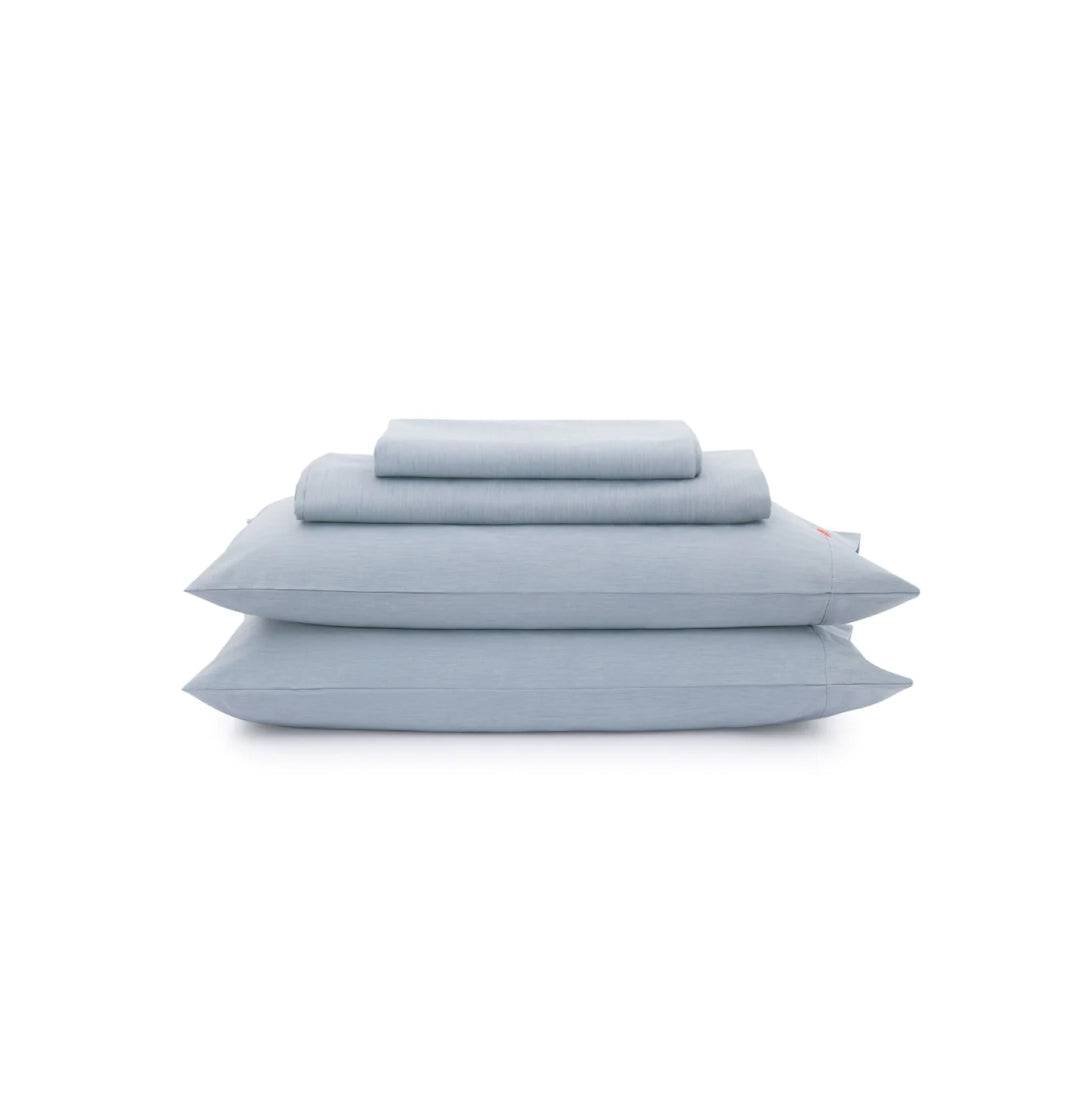

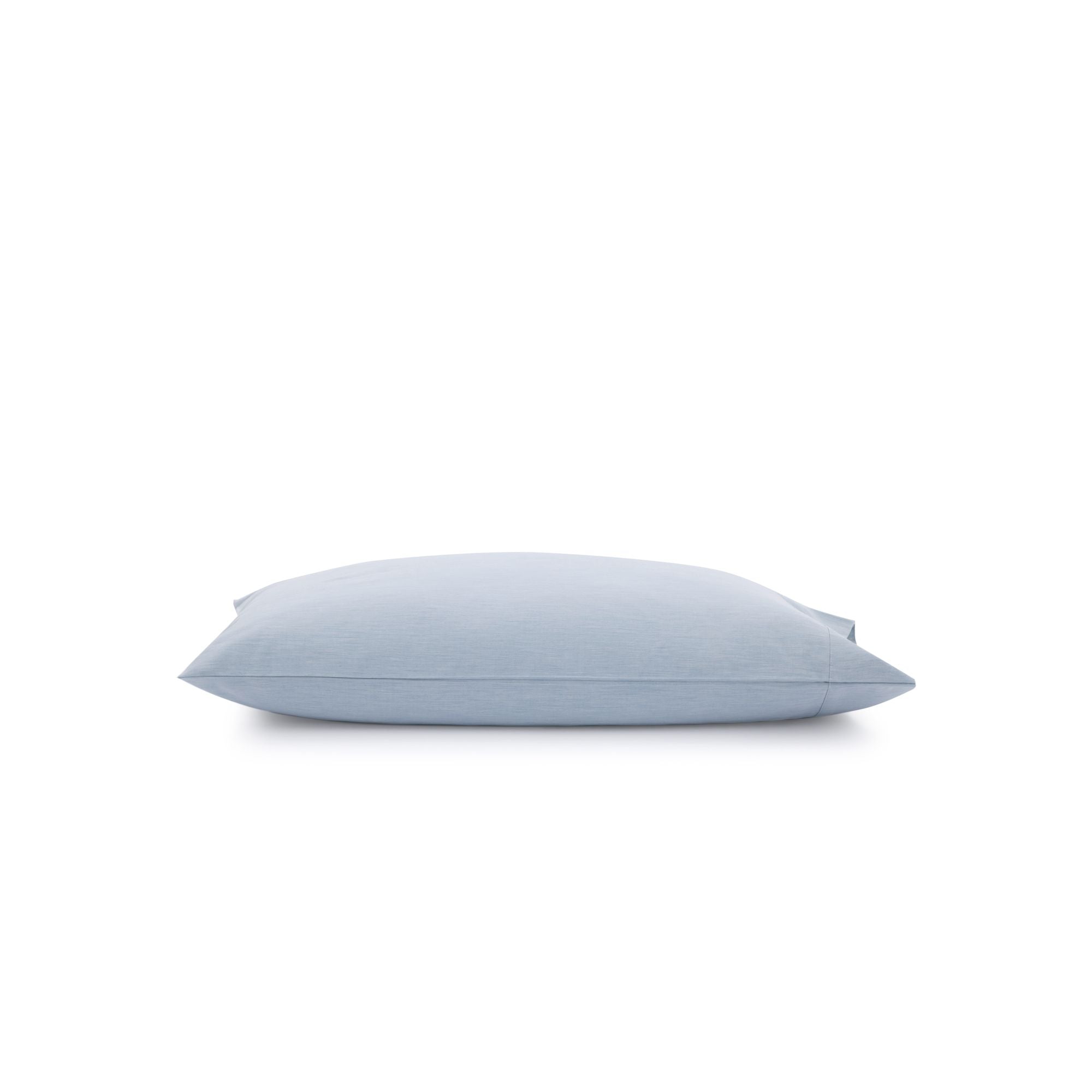
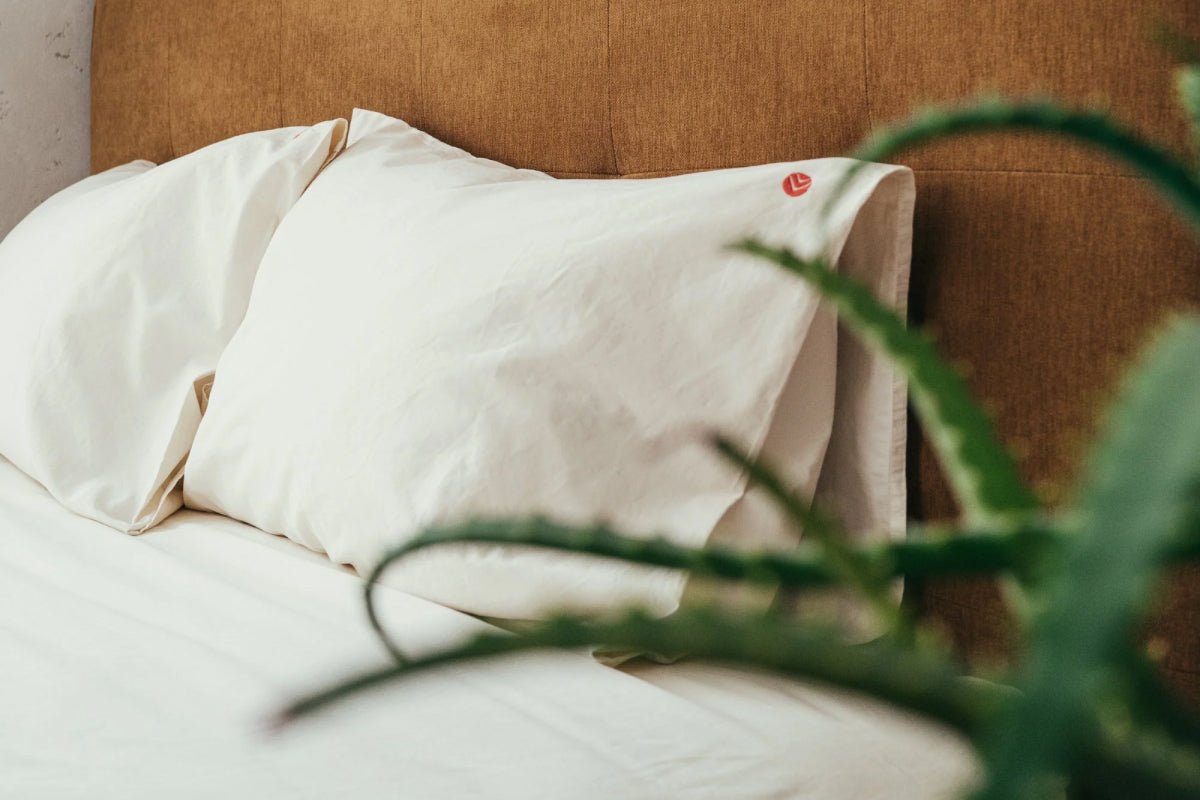 Bedding
Bedding
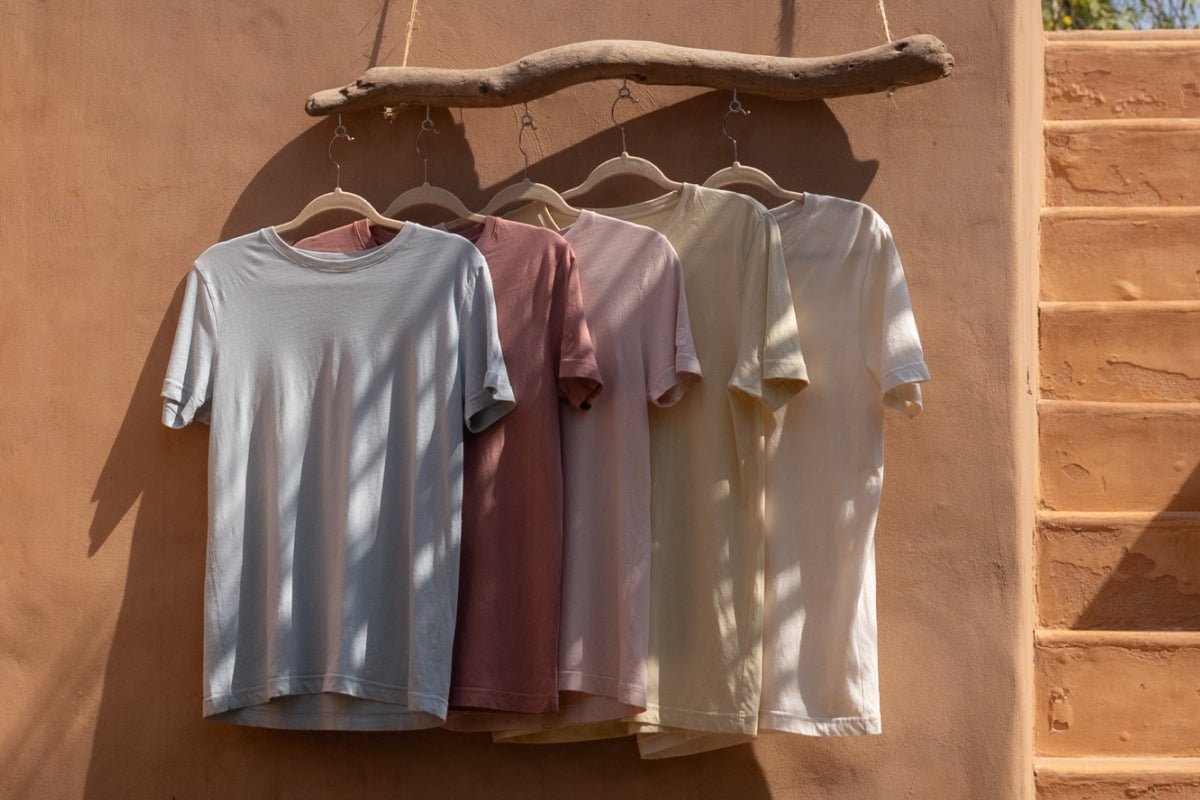 Clothing & Accessories
Clothing & Accessories
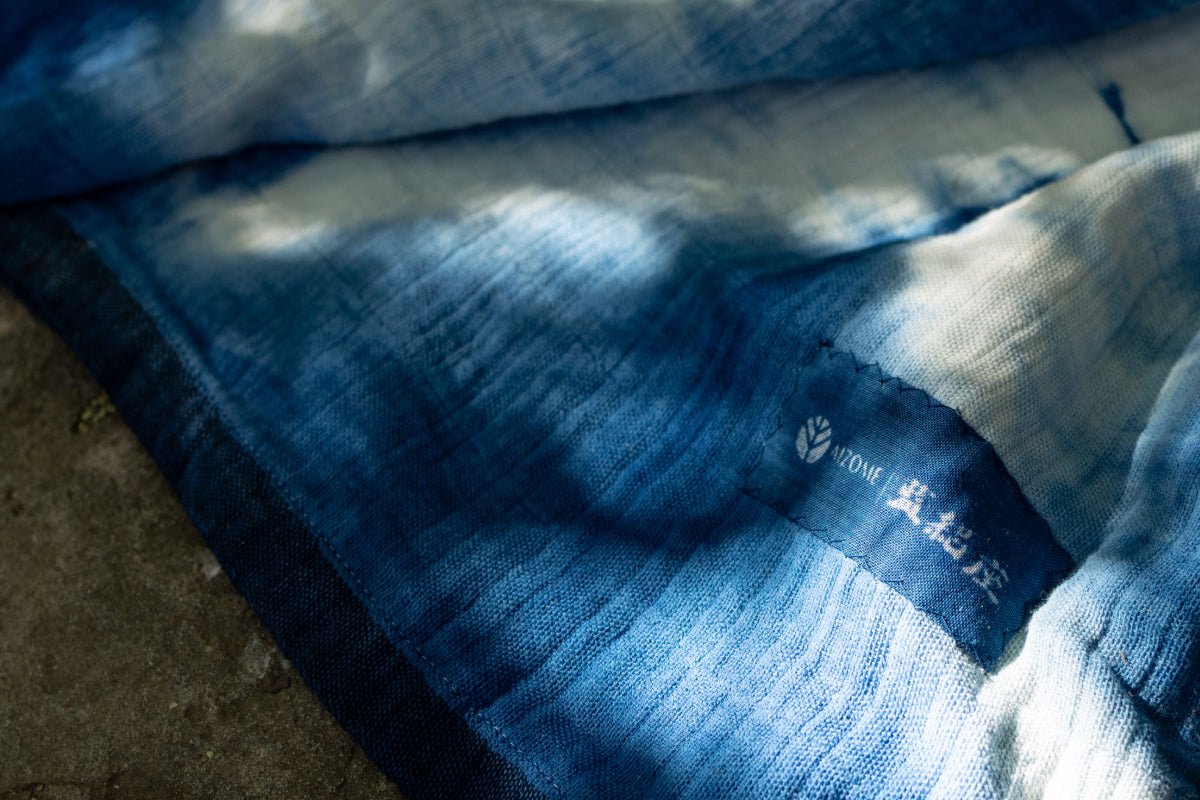 Artisan Line
Artisan Line



Leave a comment
All comments are moderated before being published.
This site is protected by hCaptcha and the hCaptcha Privacy Policy and Terms of Service apply.